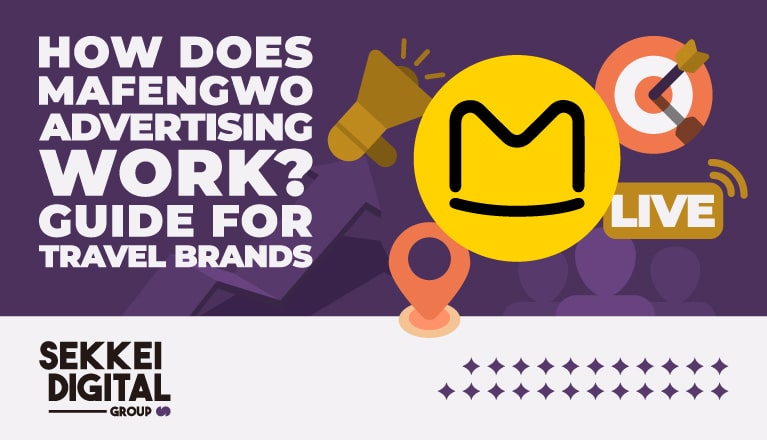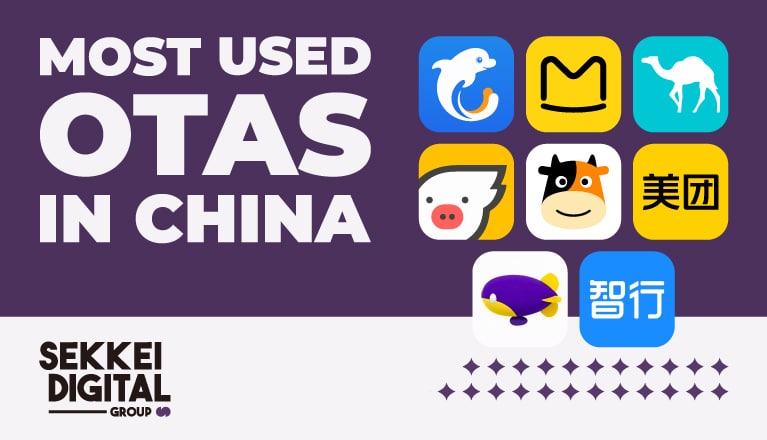Last Updated on March 28, 2025
Finding a social media platform to reach your targeted audience can be challenging, especially given that China has a unique digital ecosystem that influences the consumption patterns of local users. This is especially true in the Chinese tourism industry.
Among the most popular platforms used by Chinese travelers is Mafengwo. With over 7.3 million monthly active users, it’s recognized as China’s most-used short-term vacation rental booking platform.
Read along as we share insights on how the platform works and discuss effective Mafengwo advertising strategies to help you reach more Chinese tourists.
What is Mafengwo used for in China?
Mafengwo (马蜂窝) is a travel social networking platform in China where Chinese tourists can share personal experiences, in-depth guides, tips, and reviews.
Because of its focus on user-generated content, many domestic users visit this site to seek more information about travel-related services such as hotel deals, flights, attractions, offline social events, routes, transportation tickets, and more.
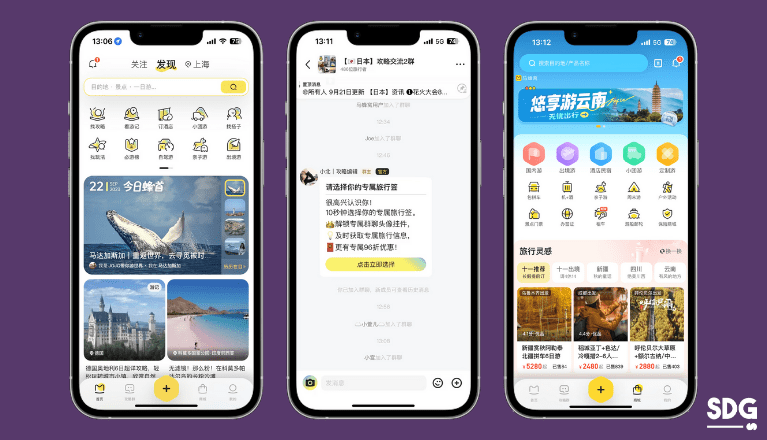
Another reason why Mafengwo is popular in China’s travel industry is its tourism-focused e-commerce integration. It’s considered an online travel agency because it also offers booking services that allow Chinese travelers to plan and book their trips without being redirected to another app or interface.
Unlike other online travel agencies, Mafengwo heavily leans on a community-centric interface called the “Club System.” Beyond social networking features and booking services, it facilitates niche-specific travel groups that Chinese tourists can join to gain more first-hand information about a particular destination.
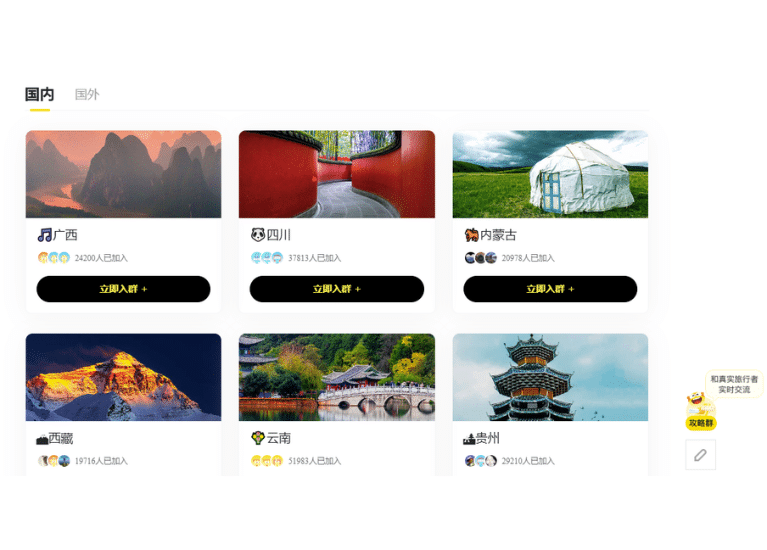
Travel Forum Group Chats on the Mafengwo Website
Overview of Mafengwo Advertising Landscape
Mafengwo operates with a dynamic business model, blending social networking and community-building with e-commerce features. As a result, it opens many advertising opportunities for brands trying to break into China’s travel industry.
The majority of Mafengwo’s massive user base are millennials and Gen Z Chinese tourists. In fact, according to the platform’s report last year, 93% of their active users in the previous CNY 2024 were born in the 2000s, 1990s, and 1980s.
In the same report, the platform also claimed that its general user base traveled to around 1,800 cities across 150 countries.
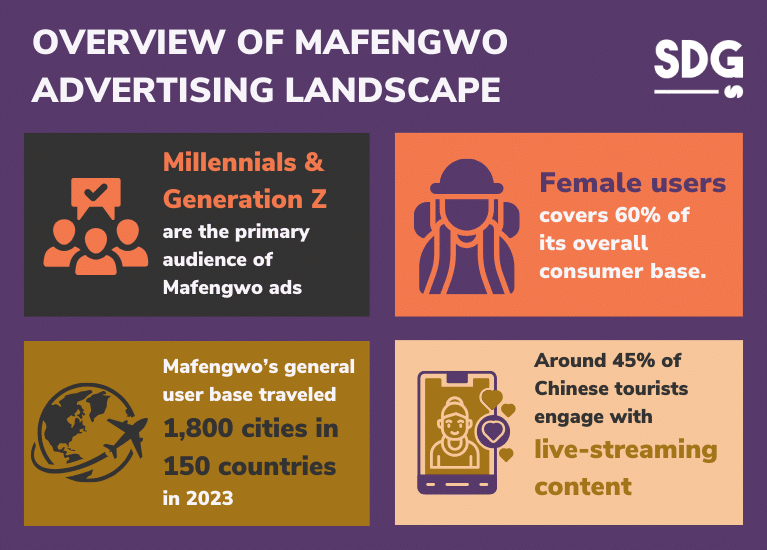
When advertising on Mafengwo, it’s also worth noting that almost 60% of its user base are female Chinese tourists. These affluent local women are often independent travelers looking for niche destinations.
More Chinese tourists also rely on user-generated content when looking for more travel information. In fact, around 45% of locals actively engage with travel live-streaming content during their trip-planning process. This is not a surprise, given that 75% of China’s internet population consumes real-time videos.
Most Effective Mafengwo Advertising Strategies in China
1. Influencer-led Travel Notes
Travel notes are a feature that makes authentic user-generated content prevalent on Mafengwo. These posts are typically in-depth travel guides that users seek because they are authored by fellow travelers.
They often include insider tips, personal comments, close-up pictures, and videos of specific travel destinations. Given their influence on general travel behavior, many travel KOLs and KOCs use this type of content to help other users decide and engage with their existing followers.
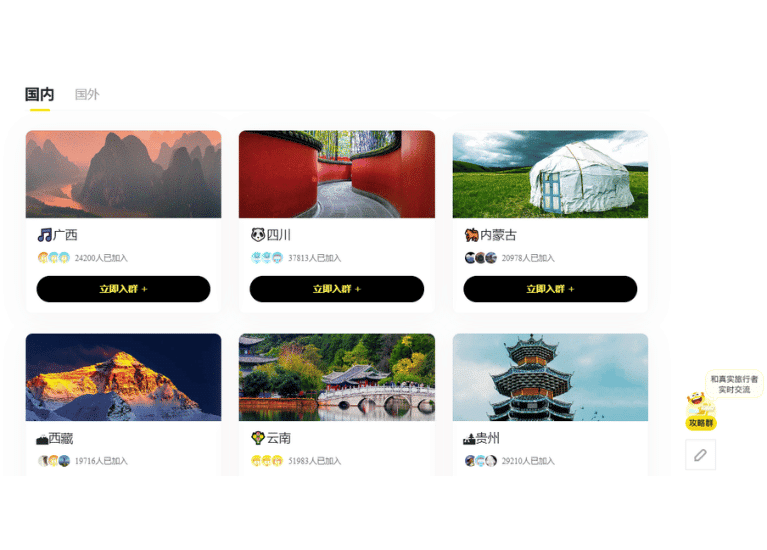
Trending Travel Notes/Publications on Mafengwo
These influencers play a crucial role on every travel platform, as their opinions and recommendations often shape how Mafengwo users view your products and services.
Their content generally refers to personal travel experiences instead of putting the primary focus on sponsored offerings. So, these collaborations allow brands to appear more credible and authentic in the eyes of their targeted audience.
2. Brand Day Event and Other Ad Placements
Like other online travel agencies, Mafengwo has different advertising placements and formats within its interface. One of them is the Brand Day Event, which involves ads appearing on the app’s startup screen and homepage.
Durex used this advertising approach in its partnership with Mafengwo, where its products are prominently displayed on the app’s opening screen, feed ads, and banner displays.
These ad placements are where the brand introduced their exclusive “Yellow Mystery Boxes” alongside the urban travel guides for five cities.
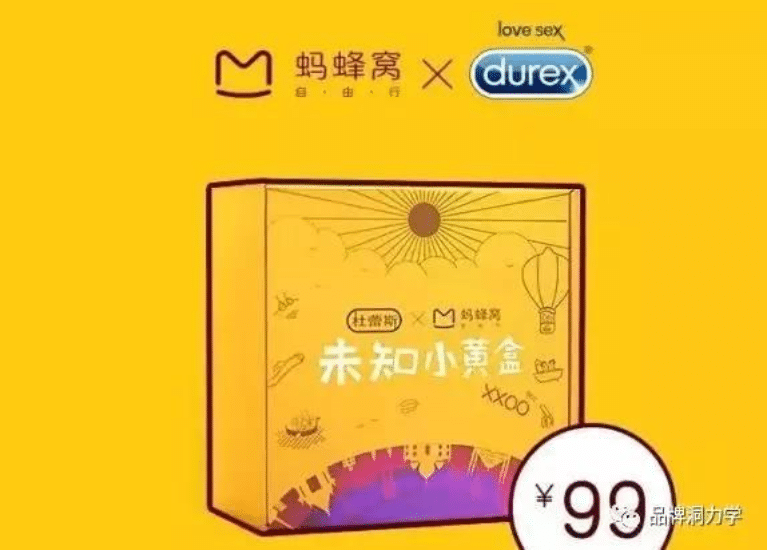
Source: Weibo
The campaign achieved approximately 100 million in total marketing exposure, significantly amplifying Durex’s brand presence among Chinese travelers.
Beyond user engagement, the campaign’s seamless integration with e-commerce functionalities led to 23,800 mystery boxes sold in four days. The initiative also expanded its influence on Durex’s JD.com online store, which generated 6.4 million pageviews.
3. Live-streaming and Video Marketing
This travel platform has an active community of travelers who seek fresh insights and genuine perspectives before deciding on destinations or services. Live broadcasts let brands connect with viewers in real time through interactive Q&A sessions, demonstrations of travel experiences, and authentic storytelling.
Viewers trust live-streamers more because they provide timely responses, transparent travel information, and realistic commentary on what makes a destination appealing.
This format gives travel-related brands an organic space to address questions, provide travel tips, correct misconceptions, and highlight unique selling points without being overly promotional.
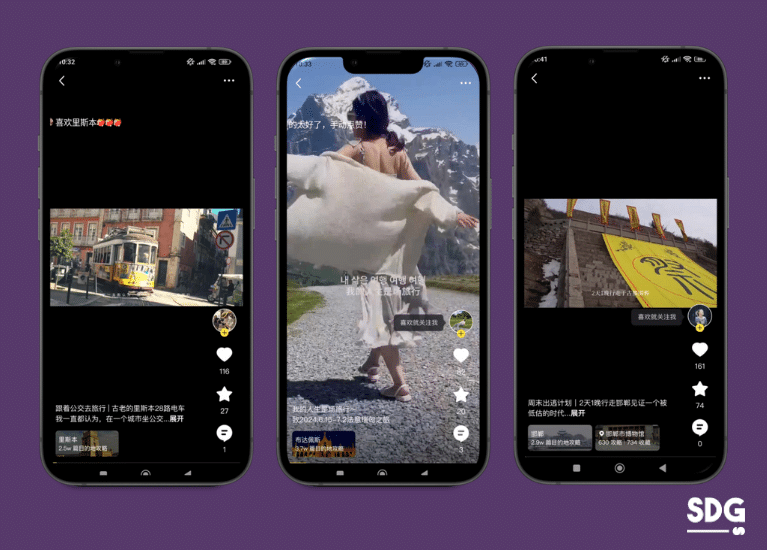
Video Travel Guides on Mafengwo
Mafengwo travel notes can also be posted as short-form videos, allowing users to view content beyond static images or long-form text-based guides. Through the travel platform’s advanced algorithms, these posts appear to the most relevant audiences who are more likely to be interested in your services.
Tip: Live-stream and video marketing strategies work well when combined with influencer campaigns. These KOLs and KOCs can stand as broadcast hosts or co-create more engaging and credible content for niche-specific audiences.
4. Event-Related Campaigns
Most travel plans and hotel bookings on OTA platforms are reserved before or during major Chinese holidays and festivals.
These events are often the peak of digital consumerism in China. For example, around 3.78 million Chinese tourists flew out of the country to celebrate the Lunar New Year holidays. This record reveals a 5.2% annual increase from the previous year.
Users head to the platform in anticipation of trips, searching for itineraries, hotel reviews, and local experiences. Advertising during this pre-trip planning phase allows your content or product to become part of their decision-making funnel.
You’re not catching them when they’re scrolling aimlessly. Your advertising campaigns are showing up exactly when they’re actively planning their travel.
5. Branded Travel Guides and Custom Pages
One of the most effective long-term strategies on Mafengwo involves creating branded content that lives natively on the platform. These aren’t banners or intrusive popups.
They’re fully integrated travel guides, landing pages, or feature collections that blend seamlessly with user searches. The key is understanding that Mafengwo operates more like a travel content community than a transactional booking site. So, users trust what feels organic.

Location and Brand Landing Pages on Mafengwo
Marketers can configure custom brand pages to showcase local itineraries, city guides, attraction highlights, and accommodation suggestions. These pages are typically accessible through search or recommendation feeds and are usually supported by paid traffic for visibility.
Types of Mafengwo Advertising Formats
-
Splash Screen and Homepage Advertising
Many users encounter the splash screen when they open the Mafengwo app. This full-screen display is typically the first visual a traveler sees, which makes it a strong way to build initial brand awareness.
Brands can also place prominent banners at the top of the homepage or use in-feed banner ads integrated within organic content feeds.
The splash screen and homepage ads work best for the inspiration phase of travel planning. Brands can highlight stunning images or CTAs that spark a traveler’s curiosity.
-
Search Results Page In-Feed Ads
Once travelers begin actively searching for destinations or travel tips, Mafengwo’s search results page comes into play. In-feed ads appear within the search results list, making them highly visible to users seeking more detailed information.
These ads are most impactful at the interest stage when travelers have already formed some ideas and are researching specific locations or activities. At this point, users pay closer attention to content that might help them refine their itineraries.
-
Destination Page Banner Ads
Mafengwo also allows brands to place ads at various points within destination pages. These might appear in the middle of the page, near the top, or even on specialized Points of Interest (POI) overview sections.
These banners can significantly influence decision-making at the reference stage when travelers review detailed destination information and finalize their travel plans.
Quick Q&A
Can you open an official account on Mafengwo?
Yes, new users can open an official account on Mafengwo. However, unlike personal profiles, which only need to undergo the regular registration process, business account holders may need to provide additional documents and wait longer approval wait times.
Once approved, the account typically allows brands to publish travel-related content and connect directly with potential customers. The registration process may also vary based on the type of business, whether it is a hotel chain, establishment, travel agency, tour operator, or another relevant service provider.
Your Tourism Marketing Partner in the Chinese Market!
Mafengwo makes it easier for Chinese travelers to consolidate their needs in a single platform. From providing access to user-generated content to aid their travel planning phase to the seamless integration of booking services, this platform shortens the consumer journey and opens multiple business advertising avenues.
You may also want to read:
At Sekkei Digital Group, we understand the ever-changing consumer patterns of China’s travel industry. With our extensive expertise and experience in Chinese digital marketing strategies, we can help your brand reach the right audience and establish a presence on the right platforms.
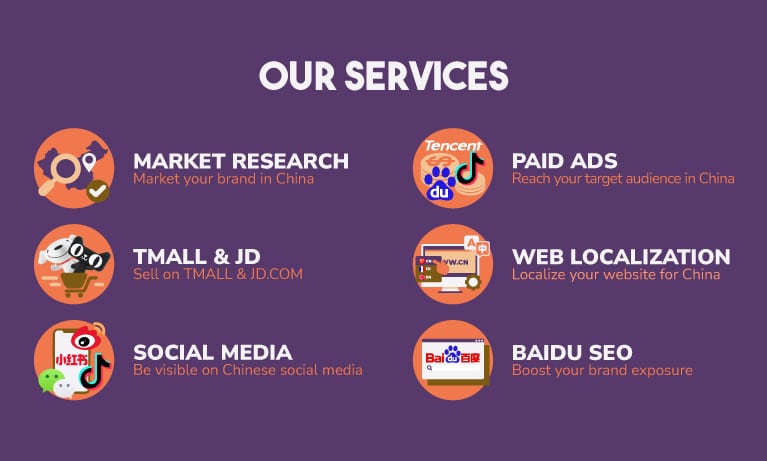
Whether you intend to work with travel KOLs and KOCs or launch a cross-platform ad campaign, we have all the digital solutions you need. Get in touch with our team, and let’s start planning your next move in China’s dynamic digital landscape.


